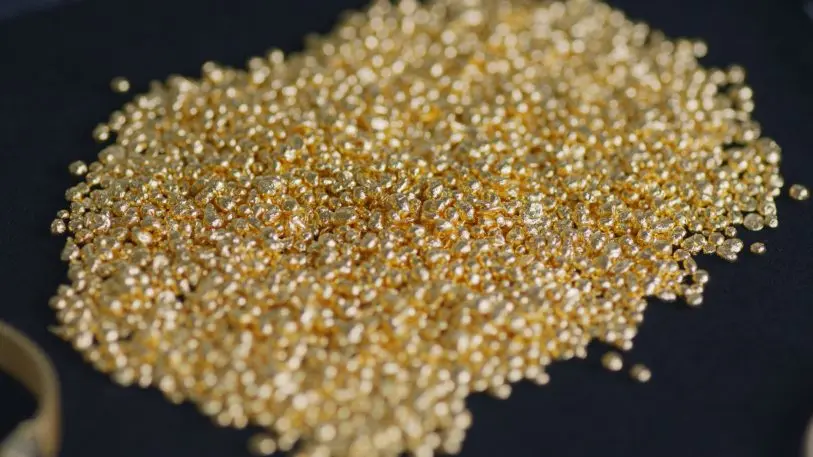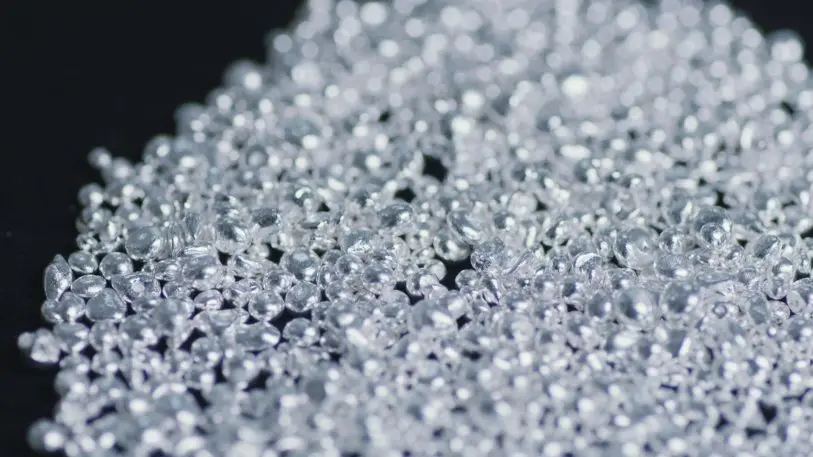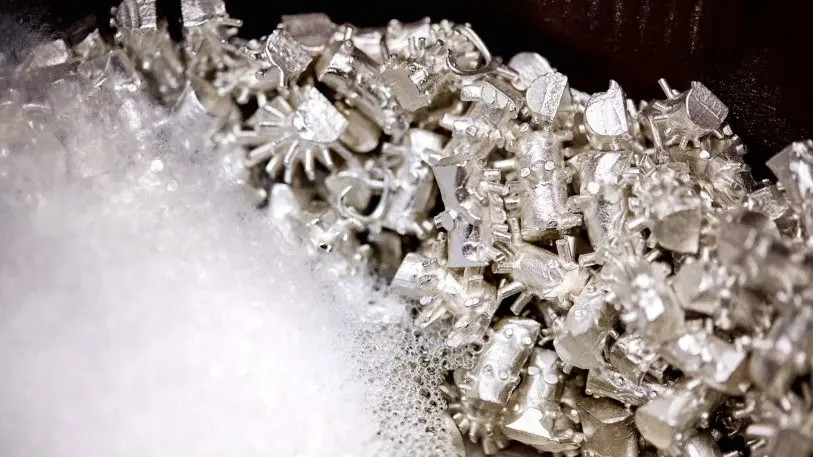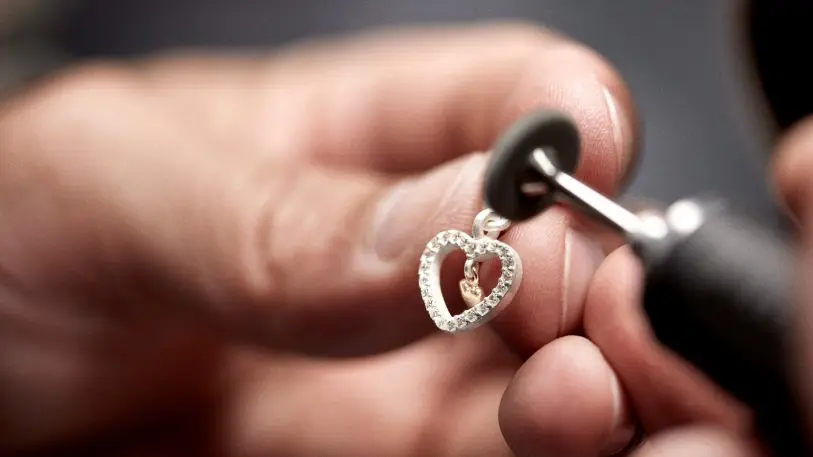When you recycle an old mobile phone, there’s a growing chance that the precious metals inside could be turned into jewelry. Pandora, the world’s largest jewelry brand by volume, is moving completely away from newly mined silver and gold in its products—and to reach a goal of 100% recycled silver and gold by 2025, one of the sources it turns to will be old electronics.


The quality of the recycled material is exactly the same as new silver or gold, so the finished products will be no different. But it will take time for all of the company’s suppliers to make the shift, and the supply of recycled metal also needs to increase to keep up with Pandora’s demand. In 2019, the company sold 96 million pieces of jewelry; in a year, it uses roughly 750,000 pounds of silver, more than any other company in the industry.

“Recycled silver’s share of total silver used has remained more or less flat at 15% for the last five years—and volumes haven’t changed much either,” says Twomey-Madsen. “In fact, today, there is much less supply of recycled silver than 10 years go. This needs to improve, and it is feasible.”

Electronic waste, from smartphones to computers, could be a significant source of supply. Experts have argued for years that it’s more efficient to mine electronics for something like gold than to operate an actual gold mine—the concentration of gold contained in one ton of old mobile phones is 100 times greater than the concentration found in a gold-mining pit in the natural world. But recycling rates are still abysmally low. Around 50 million metric tons of e-waste are created each year, and globally, only around 20% is formally recycled (some of it may avoid landfills but end up in places such as the Agbogbloshie dump in Ghana, where old gadgets are burned and workers breathe in toxic fumes, rather than going to facilities where it can be safely handled). “Electronics recycling is one of the important streams for recycled metals that has untapped potential,” says Twomey-Madsen.
Recognize your company's culture of innovation by applying to this year's Best Workplaces for Innovators Awards before the extended deadline, April 12.
